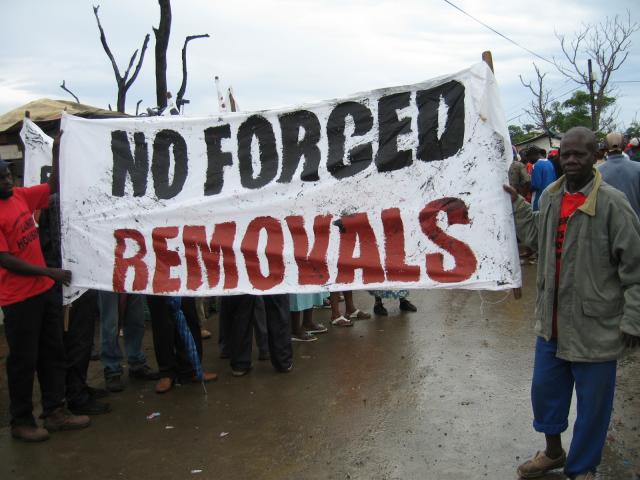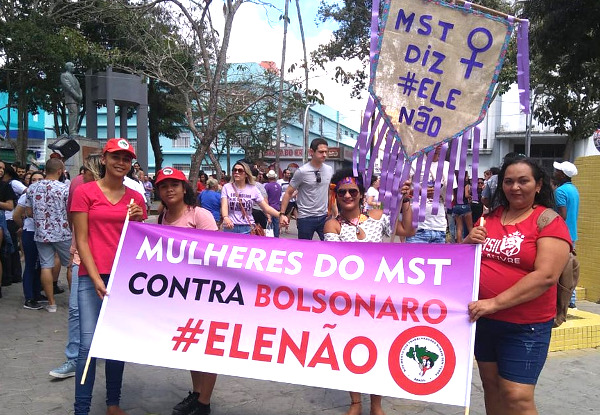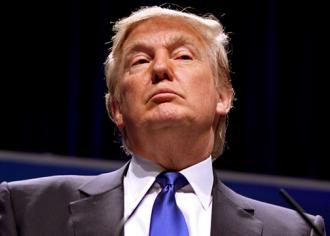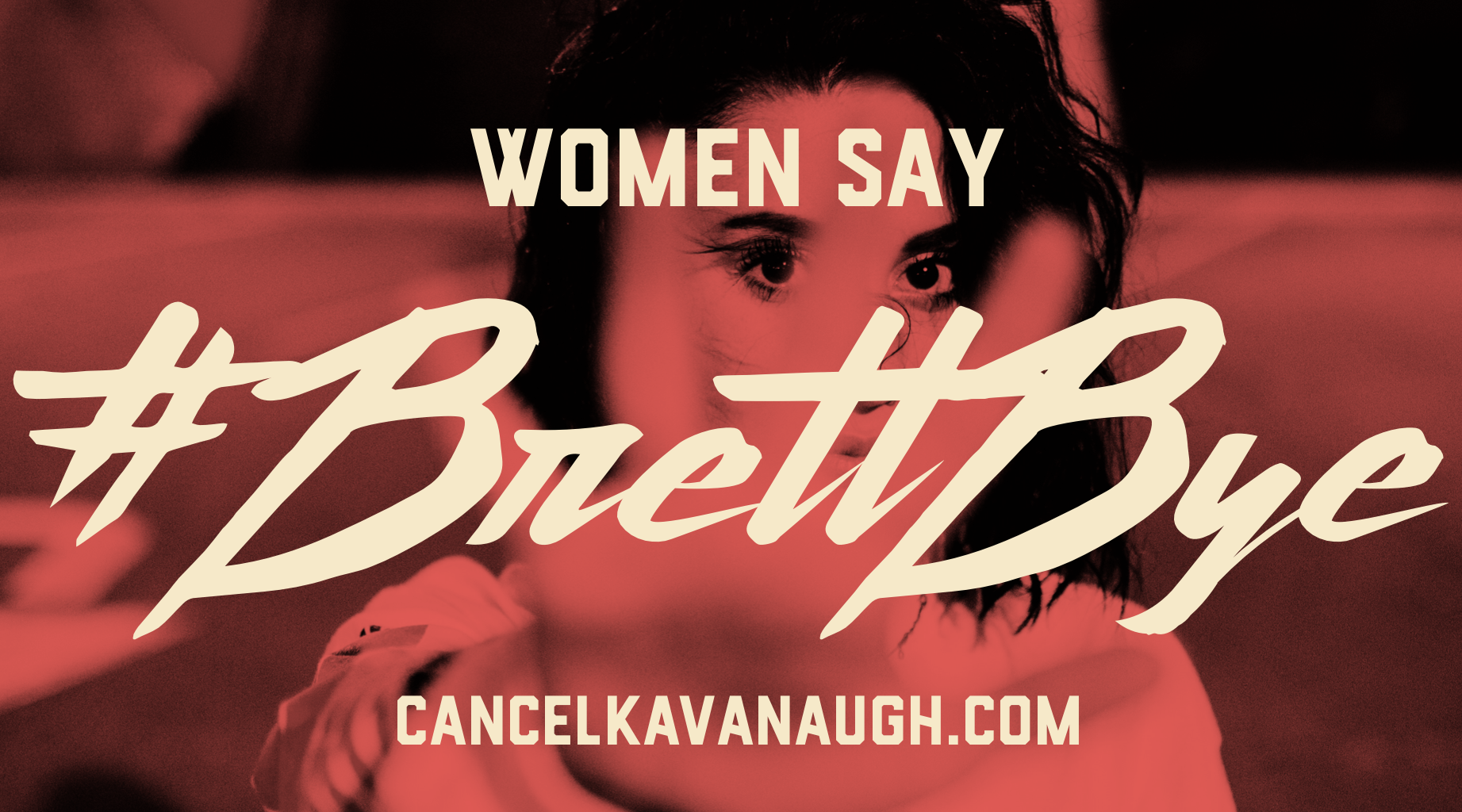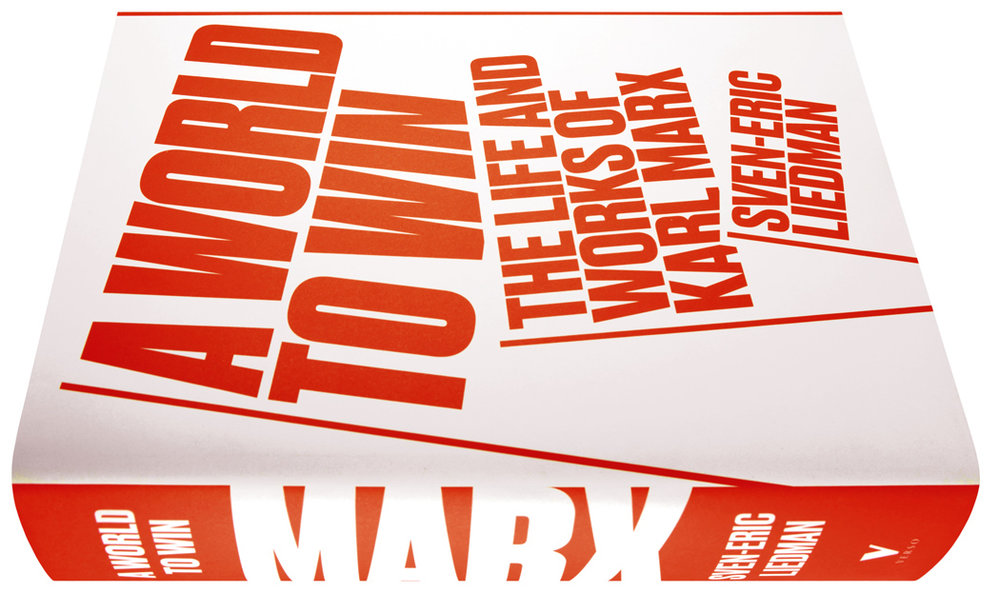

A World to Win: The Life and Works of Karl Marx
By Sven-Eric Liedman
Translated by Jeffrey N. Skinner
Part of the Marx 200 series
Verso Books, 2018, 768 pages, $40 hardcover.
Amid an outpouring of discussion and new works marking the bicentennial of Karl Marx, Sven-Eric Liedman’s imposing A World to Win: The Life and Works of Karl Marx is a mixed offering. The “life” part is a success; the “works” portion is not.
The author is professor emeritus of the History of Ideas at Gothenberg University. Marx emerges from Liedman’s presentation as an intellectual giant deeply committed to social justice, whose need to ground his conclusions in thoroughgoing research made him the “master of the unfinished work.”
A fine journalist, a fierce polemicist and a piercing pamphleteer, Marx also loved life, which in spite of many hardships he managed to enjoy with family and friends.
Marx was no armchair revolutionary. He edited the Rheinische Zeitung in 1843 until it was closed by the censors; led the Communist League between 1845 and 1850; directed the Neue Rheinische Zeitung during the revolutions of 1848. He was a leader of the First International between 1864 and 1872, years that included the end of the American Civil War and the Paris Commune, events that he followed closely.
Strong Points
Liedman makes many good points. He underlines the importance of Marx’s articles for the New York Tribune. He unearths a letter in which Marx, as volume one of Capital neared publication, seems to compare himself to the painter Frenhofer in Balzac’s story “The Unknown Masterpiece.” In his desire to portray his model not statically, but in her living, ever-shifting reality, Frenhofer creates an image which others find incomprehensible.
Marx’s desire to present capitalist laws of motion, his identifica-tion with the artist seeking to portray reality dynamically, his anxiety regarding the public’s reaction, plus the fact the story has been described as an anticipation of modernist art, makes this a delightfully intriguing anecdote.
Liedman addresses the debate on alienation. For some it was an early term, abandoned by the mature Marx. For others it remained a key concept. Yet others feel he did abandon it, mistakenly; for them his early works are more interesting than his later writings.
According to Liedman, Marx retained the concept but redefined it. Alienation became not the separation from an unchanging human essence, but a situation that inhibits the realization of historically generated human potentials. This seems correct, as long as it does not erase fundamental material aspects of our humanity, regardless of historical context (the need for water, food, shelter, for example).(1)
Liedman draws our attention to the term “association,” used in International Workingmen’s Association (the official name of the First International), for example. For Marx, “association” designated the free coming together of individuals. Thus it stood against both the isolation of individuals and inherited communities. (Liedman, 537. All page references are to this book except where indicated.)
Capital’s destruction of the latter creates a painfully atomized society. But this also opens the possibility of a freely and consciously reconstituted community. Liedman’s comment should remind us that Marx often described communism as a society of free associated producers or individuals.
Liedman addresses the accusation of eurocentrism directed at Marx, notably by Edward W. Said in his classic Orientalism. He correctly points out that Marx’s blunter endorsements of capitalism’s progressive impact on non-western societies were no different from his description of how capitalism constituted an advance, at a terrible human cost, over pre-capitalist societies in Europe.
This corresponded to his assessment, not of non-western but of pre-capitalist societies in general. Liedman could have emphasized that Marx abandoned his initial notion of Asia as a static society, while underlining the destructiveness of colonialism.(2) He could have explored Marx’s writings on Ireland, which pioneered the study of capitalist underdevelopment and its consequences (one-sided specialization, surplus extraction, mass unemployment, labor migration, superexploitation in the metropolis of workers migrating from the colonies).(3)
Ireland was a case in which Marx reversed his views: from thinking that Irish liberation depended on revolution in England to the conviction that the former could not wait for the latter and could even be a precondition for it.
Liedman underlines that Capital is not about “economics.” It is as much a book about history (struggle over the working day, evolution of technology and industrial organization, emergence of capitalism); politics (enclosures, labor legislation) and ideology (commodity fetishism; veiling of exploitation by the wage-form.
Yet he should have rejected more forcefully the oft-repeated notion that Capital does not address the issue of class, since its concluding chapter titled “Social Classes” was unfinished. (423) This is hardly tenable: How can one write about surplus value, the drive to intensify exploitation and the resistance to it, the expropriation of the peasantry and the creation of the working class without dealing with class and class struggle?
The famous chapter should be taken not as the start of the discussion, but as an incomplete summary of what came before.
Important Omissions
Some turning points are examined too rapidly. Liedman’s discussion of the description of religion as “opium of the people” omits an aspect of Marx’s perspective: religion can be both opium and protest.(4)
While not renouncing his materialism, Marx suggested a nuanced approach, which recognized religion’s capacity to be not only an accommodation to, but an indictment of oppression.
Liedman’s discussion of this same text misses a landmark in Marx’s evolution: the proletariat appears for the first time as the agent of the revolution to which Marx aspires. Not only this: Regarding Germany, the proletariat emerges as the protagonist, in the young Marx’s terminology, of both “political” and “human” emancipation, a logic that anticipates the concept of permanent revolution, fleshed out by Leon Trotsky after the Russian revolution of 1905.
Marx in 1843 argued that England, France and the United States had largely attained their “political emancipation,” which included equality before the law and thus the separation of church and state. Germany had not done so, due to the lack of revolutionary fervor of its bourgeoisie. Unable to join the present in practice, it was capable only of matching it in thought.
But by examining political emancipation in the advanced countries, “German thought” could discover its limits in leaving oppression and alienation largely intact. Religious alienation did not disappear; it merely became a private matter. German thought, Marx argued, ought to aspire to both political and human emancipation: If political emancipation had been impossible due to the timidity of its bourgeoisie, German thought had to link up with the proletariat, as the bearer of human emancipation.
Liedman misses this. Worse: he incorrectly attributes to Marx the opposite notion that Germany would first have to carry out its political emancipation.(5)
No biographer of Marx can avoid the “Theses on Feuerbach,” a brief text that includes the well-known declaration that philosophers have interpreted world but the point is to change it. Here Liedman overlooks Marx’s embrace of a perspective of self-emancipation, linked to a consistently materialist perspective.
Previous materialists, Marx explained, argued that people were shaped by the material conditions in which they lived. To change people, those circumstances had to be transformed. But if people were shaped by existing conditions, where could the ideas for change and the people promoting them come from?
Faced with this problem, past materialists had to allow for ideas and enlightened minorities that somehow escaped determination by the present conditions; they would change the world for the benefit of all. Against such elitist and inconsistently materialist notions, Marx argued that a contradictory social reality could bring forth people capable rebelling against it and that, in the process of transforming reality, they would transform themselves.
That Liedman overlooks this aspect of the “Theses” is surprising: elsewhere, his book correctly underlines Marx’s perspective of working-class self-emancipation.(6)
Regarding the 1848 revolutions, Liedman notes the failure of Marx’s attempts to find liberal allies. But he fails to mention the conclusions of his 1850 circular to the Communist League. There Marx advised staying one step ahead of any political conquest, until the anti-landlord, republican struggle had become an anti-capitalist revolution, a perspective he referred to as “permanent revolution.”(7)
Exploring Marx’s views of the future, Liedman comments that a famous passage in Capital envisaged a “realm of freedom,” which “assumed” the realm of necessity, but freed people from the “dictates” of others. Liedman adds: “The reader is not allowed further details.” (441)
Here is part of Marx’s text: “The realm of freedom… begins only where labor which is determined by necessity… ceases; … Freedom in this field can only consist in… the associated producers, rationally regulating their interchange with Nature… and achieving this with the least expenditure of energy and under conditions most favorable to… their human nature. But it nonetheless still remains a realm of necessity. Beyond it begins that development of human energy which is an end in itself, the true realm of freedom… The shortening of the working-day is its basic prerequisite.”
In other words, under socialism people would still work to satisfy their needs. This is the “realm of necessity” that can never be abolished completely. In this sphere, humanity, argued Marx, must aspire to rationally organize its exchange with nature (a detail that has an ecological edge we should not overlook) and to reduce disagreeable, dull, repetitive work.
Yet even at its most humanized, toil remains toil, imposed by necessity. The “realm of freedom” begins beyond it, not only because we are freed from the dictates of others, but rather because it is the realm of freely chosen activities, performed not out of necessity, but for their own sake. The basis for this is the reduction of working time, which is one of the key demands of the labor movement from its birth. While we could wish for more details, there is more here than Liedman’s account suggests.
An Erratic Discussion
Marx’s Grundrisse, as Liedman points out, is a brilliant text. But a discussion of this draft manuscript should be preceded by a basic presentation of Marx’s economic theory. One does not begin a study of Darwin’s theory of evolution or Einstein’s relativity by reading their preparatory notebooks. Only the consideration of the more complete theory can make the discontinuous, tentative, incomplete earlier notes understandable.
But Liedman plunges the reader into a discussion of Marx’s draft without a previous consideration of value, money or surplus value, to name some key concepts.
Nor is the discussion centered on Marx’s theory of capital, which after all, is the focus of this work. Liedman employs more than half the chapter examining methodological questions, such as the relation between concrete reality and abstraction, or the interpenetration of categories such as production, consumption and distribution.(8)
At times it seems that for Liedman the settling of accounts with Hegel is the central concern, not only of The German Ideology but of the Grundrisse as well. Liedman focuses on Marx’s considerations on pre-capitalist formations and the Asiatic Mode of Production, but makes little use of Kevin Anderson’s Marx at the Margins, which traces Marx’s shifts from an unilinear historical perspective and a partially (never fully) favorable view of the impact of colonialism, to a multilinear conception and a growing emphasis on the destructive aspects of colonial rule.(9)
Liedman refers to Roman Rosdolsky’s study of the Grundrisse, but does not incorporate his elucidations.(10) Visionary passages in which Marx anticipates automation and the replacement of direct labor by science and technology as the fundamental source of wealth; how this process generated by capital’s pursuit of profit undermines it as a system dependent on the appropriation of surplus labor; how it makes the measure of wealth by the amount of labor it contains increasingly irrational; and the possibilities for human development (reduced working time, generalization of general scientific labor, etc.) that the collective appropriation of these forces of production would open — all these passages go unmentioned, or are discussed in passing and with little enthusiasm.
The same occurs with Marx’s notion that capitalism develops humanity’s productive forces to an unprecedented degree, but at the expense of an increasingly empty existence (subordination to an impersonal economic mechanism, alienated labor, the narrow pursuit of monetary wealth); that this alienated development, this mixed generation and blockage of possibilities, can and does produce both celebrations of capitalist progress and romantic yearnings for the past, an opposition that, according to Marx, will accompany capitalism to its grave; how we should refuse both the apology of capital and romantic nostalgia for a third option, the future collective realization of the wider possibilities created but blocked by capitalist relations.
Again, the brilliant passages containing this vision are referred to in passing, if at all.
Capital Problems
The problems increase as we move to Capital. Liedman correctly writes that the element that all commodities share is the fact that “they cost labour.” They are the product of different concrete labors, but they still have something in common. That something, he argues “is what Marx called labour power.” (409)
But for Marx what commodities have in common is abstract labor, not labor power. This is not pedantic nitpicking. The difference between labor (be it abstract or concrete) and labor power is central for Marx’s theory of surplus value. Surplus value is the difference between the value of labor power, sold by the workers and bought and paid by the capitalists, and the larger amount of labor they perform and value they create while laboring for the capitalist.
Liedman writes that labor power, which according to him is what commodities have in common, is sold “against time,” and he adds “it is time that determines the compensation.” Here he mixes the determination of the value of commodities (the socially necessary amount of labor their production requires) with the determination of the labor power’s compensation (wage), and seems to suggest that the worker’s compensation is equal to the amount of labor time performed.
For Marx, the value of labor power is determined not by the labor it performs but by the value of the products required for its reproduction. The fact that workers produce more value than the value of their labor power is the source of the surplus value appropriated by the capitalist.
All of Marx’s theory hinges on the clear distinction between labor (the value-creating activity) and labor power (which the worker sells) as well as the determination of the value of the commodity labor power by the amount of value required for its reproduction and not by the amount of labor it performs.
The least that can be said is that in many passages these concepts are presented in a confused and confusing fashion. Let us take another example:
“Even labour has its use and exchange value. The use value is the concrete labour necessary to transform raw materials… into products… The exchange value is the power that the workers sell to the capitalist… Concrete labour produces concrete products… Labour in its abstract form — labour power — is a commodity that the workers sell to the capitalist…” (438)
This passage states that labor power is the exchange value of labor, which is also labor in its abstract form. But this is not Marx’s conception. For Marx, under capitalism it is labor power and not labor, or abstract labor, as Liedman writes, that becomes a commodity.
Not labor, as Liedman writes, but labor power (the ability to work) has a use value and value. Its value is determined by the commodities that go into its reproduction; its use value (for the capitalist that buys it) is its capacity to create new value.
Labor power cannot be equated to labor or abstract labor, as Liedman does. Workers sell their labor power, not abstract labor, and then perform both concrete and abstract labor for the capitalist; they create new use values and new value. All of these are well-known concepts and relationships. It is all the more surprising this text gets them wrong in so many passages.
Liedman seems to reduce commodity fetishism to the fact that people appear to each other as representatives of commodities and “array themselves in their character masks as capitalists, workers, or something else.” (412)
This may be so, but leaving aside the fact that in Capital Marx introduces this concept before writing about workers and capitalists, we must ask: Why use the term fetishism? Marx’s discussion explores the consequences of the fact that commodities seem to have value independent of the labor that goes into their production.
The value of gold seems to flow from its shining materiality. Social relations — the distribution of labor time — present themselves as objects or properties of objects, their values and prices, whose interactions and movements rule the life of the producers. Nowadays we are ruled by “markets,” an impersonal force with a will of its own.
Commodity producers are part of a social division of labor, but their relations become an impersonal mechanism beyond their understanding or control. We are not only victims of inverted perceptions; we live in an inverted world. It reminds Marx of the world of religion and fetishes in which the creations of the human mind are perceived as independent of and ruling over it: humans find themselves subordinated to their own creations.
Of course there are other, probably better and clearer ways of explaining this — the point is that this biography misses it entirely.
Referring to the much-debated transformation (of value into price) problem, Liedman argues that Marx criticized Ricardo for “confusing labour value with production prices, and the very concept of the transformation problem has its origin in this critique.” (445)
Leaving aside the issue of how Marx got to the problem, what are production prices? Liedman does not tell us. Nor does he explain the formation of an average rate of profit, which is required to understand Marx’s notion of the price of production (composed of the cost of production plus the average rate of profit).
Not having posed the problem clearly, the subsequent discussion is both confused and confusing. The issue is complex, but Andrew Kliman, to take an author mentioned by Liedman, manages to present it clearly. So could Marx’s biographer.
A final example: “One important concept is the rate of surplus value, or the relationship between constant capital… and variable capital.”(11) Wrong: Marx’s notion of rate of surplus values is not the ratio of constant to variable capital, but rather the ratio of surplus value to variable capital (S/V). The ratio of constant to variable capital (C/V), mentioned by Liedman, is one way of representing the organic composition of capital.
This may be sloppy writing, translating or editing, but it is a problem. Not all passages are this confusing, but many are. They can only misdirect the reader, particularly those seeking a gateway into Marx’s works.(12)
Beyond Marx
A biography of Marx need not go into the works of his continuators, but Liedman’s does. We take some prominent examples. Lenin fares badly. He is presented as “dogmatic,” a “pure politician,” as the leader of a party seeking to substitute itself for the working-class. (515, 623, 294)
To refute Lenin’s dogmatism many examples, some actually mentioned by Liedman, could be given of how he changed his tactical, strategic and theoretical views: his reading of Hegel in 1914 and his conclusion that his generation had missed many aspects of Marx’s work; similar conclusions regarding Marx’s views on the state and the nature of revolution, summarized in State and Revolution; most spectacularly his jettisoning of the “old Bolshevik” perspective of a “democratic dictatorship” for that of socialist revolution in Russia in 1917, to the surprise of his closest collaborators.
His pamphlet Left-wing Communism, an Infantile Disorder is largely warning against the dogmatic conclusions from the Russian experience. If Lenin often presented his rectifications as a return to Marx, he also was undogmatically reconsidering his past views.
The description of Lenin as a “pure politician” contrasts him with Marx’s wide interests and research. Marx was exceptional, true, but Lenin was still the author of The Development of Capitalism in Russia, “The Agrarian Program of Russian Social Democracy,” of studies on the development of capitalist agriculture in the United States, of Imperialism, the Highest Stage of Capitalism, of articles on the national question, among other texts requiring ample documentation and detailed statistical research.
A reader could get the impression that after Marx the story of Marxism was all downhill. Liedman notes that the Russian Revolution is often described as a coup. He does not distance himself from this. In fact, he seems to argue that it was a revolution only because of the changes unleashed after the Bolsheviks grabbed power by taking advantage of a power vacuum. Then he trivializes the issue by writing that the taking of the Winter Palace proved useful as an occasion for future commemorations. (600)
In 1906, Leon Trotsky had argued that a future upsurge of the anti-tsarist revolution would provoke the re-emergence of soviets, an event that would drive the liberal bourgeoisie fully into the hands of reaction. Peasants, reaching for the land, would find a leader in the workers’ organizations, which could not avoid going over from anti-landlord to frankly anti-capitalist measures.
The anti-Tsarist revolution in backward Russia would therefore be driven to become a socialist revolution. Trotsky thus predicted with uncanny accuracy what occurred in 1917. This is surely a brilliant achievement of Marxist method by one of Marx continuators, but it remains beyond Liedman’s radar.
Indeed, Liedman’s overview of Marxist debates is curious. Twice he mentions a debate between Lezek Kolakowski and Adam Schaff, each passage referring to the other without either explaining its content or significance. (134, 608) Meanwhile the book refers to the problems of the transition to capitalism, but makes no mention of the important debates provoked by Maurice Dobb’s Studies in the Development of Capitalism in the 1950s or the “Brenner debate” in recent decades.(13)
Actualizing Marx: An Example
Let us take an example to conclude, if only because it is easy to document. Liedman mentions “Belgian Trotskyist Ernest Mandel” to indicate that late capitalism, a term he adopted, is probably outdated. (453)
This may or may not be the case. In fact, Mandel’s work can be criticized from different angles.(14)But let us take a closer look. Mandel wrote substantial introductions to a widely read English edition of Capital. In 1962 he published a restatement of Marx’s theory (Marxist Economic Theory) and in the 1967, a study of Marx’s economic thought (The Formation of the Economic Thought of Karl Marx).
Mandel rejected both the notion that there were no new features to post-1945 capitalism and the idea that they required a rejection of Marxist theory. Against both, he sought to explain the concrete evolution of capitalism as a playing out of the tendencies discovered by Marx.
Late Capitalism, published in 1972, traced the structure of the world economy through the different stages of capitalist development.(15) It linked industrial cycles with longer waves: expansive waves, launched by significant upsurges in the rate of profit and characterized by technological revolutions, which eventually led to periods of slower growth.
While the transition from boom to a depressive wave was due to the operation of the contradictions of capitalism (in the end, the tendency of the rate of profit to fall), the launching of a new expansive wave was contingent on the results of state and class conflicts.
As he developed this conception through the 1960s, Mandel argued that neither monopoly surplus profits, nor Keynesian deficit spending, indicative planning, welfare state provisions or international monetary regulation abolished capital’s tendency toward over-accumulation and overproduction. The postwar boom, he insisted, would end by the late 1960s, which would lead to a new attack on the working classes, as capital sought to redress the fall in profitability.
In the period bookended by Marxist Economic Theory and Late Capitalism, Mandel traced the confirmation of this thesis, analyzing inflation’s shift from a stimulant to an obstacle for capitalist expansion, the cracks in the international monetary system, the aggravation of inter-imperialist competition, among other tendencies.
The fact that the capitalist offensive he predicted was not matched by the level of labor resistance, indeed the breakthrough to socialist revolution that he hoped for, does not diminish the effort behind this attempt to actualize Marx’s work.(16) Surely any balanced account of Marx’s successors must at least mention it, among other figures. Liedman ignores it completely.
Readers will enjoy Liedman’s narration of Marx’s life. They will be frustrated by his discussion of Marx’s works and hardly enlightened by his overview of his continuators. For that they must turn elsewhere.
Notes
- Nor is it completely original. See for example “From the Economic and Philosophical Manuscripts to Grundresse: From an Anthropological to a Historical Conception of Alienation,” Chapter 10 of Ernest Mandel, The Formation of the Economic Thought of Karl Marx (New York: Monthly Review, 1971).
back to text
- See Kevin B. Anderson, Marx at the Margins (Chicago-London: The University of Chicago Press, 2010).
back to text
- Marx letter to Engels, December 10, 1869.
back to text
- The “opium” reference is in Critique of Hegel’s Philosophy of Right, Introduction (1843-44).
back to text
- Liedman: “For Germany’s part, it was not yet a question of total liberation … but only a political revolution…” (100) But Marx argued precisely that in Germany it was a matter of total liberation: “It is not … the general human emancipation which is a utopian dream for Germany, but rather… the merely political revolution.” He adds: “In Germany no form of bondage can be broken without breaking all forms of bondage. Germany… renowned for its thoroughness, cannot make a revolution unless it’s a thorough one. The emancipation of Germany is the emancipation of man.”
back to text
- Michael Löwy’s The Theory of Revolution in the Young Marx [1970] studies his evolution from the initial “philosophical” encounter with the working class as the agent of “critical thought” to the perspective of working-class self-emancipation. Liedman ignores this useful work.
back to text
- “Address of the Central Committee to the Communist League” (1850).
back to text
- Liedman’s methodological discussion would have benefited from Mandel’s six-point summary of Marx’s method: (1) Comprehensive appropriation of empirical material; (2) Its analysis into constituent abstract elements (from the concrete to the abstract); (3) Exploration of the connections between those elements; (4) Discovery of the relationship of those elements with appearances (from the abstract to the concrete); (5) Empirical verification of this analysis (2-4); (6) Discovery of new empirical data. Late Capitalism (London: New Left Books, 1975) 16-17.
back to text
- Unilinear means that all societies can expect to go through the same historical stages. Multinear denies this. See Anderson, Marx at the Margins.
back to text
- The Making of Marx’s Capital.
back to text
- Liedman, 444-45. This mistake is repeated in the index, 748.
back to text
- There is a correct explanation of surplus value in page 413.
back to text
- Brenner and Ellen Meiksins Wood’s approach is often labeled “political Marxism,” which was not a term they chose. This strikes us a misnomer, since its alternative would be “economic Marxism.” But they do not deny the importance of the economy. A more adequate name would be “class struggle Marxism” since they do emphasize the centrality of the outcome of class struggles in the direction of social development. It also indicates how this approach is aligned with Marx’s perspective, as registered in the first line of The Communist Manifesto.
back to text
- Daniel Tanuro, “Marx, Mandel et le limites naturelles.”
back to text
- Complemented by The Second Slump (London: New Left Books, 1978) and Long Waves of Capitalist Development (Cambridge: Cambridge University Press, 1980).
back to text
- We leave aside his participation in the Cuban debate on market and plan, his contributions to the question of socialist democracy and the problem of bureaucratization, and the Marxist analysis of the Second World War among other topics.
back to text
Originally posted at Against the Current.
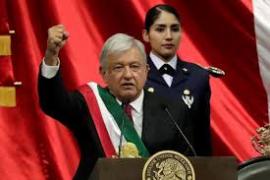



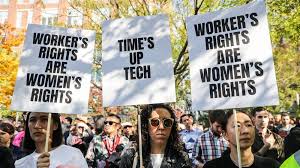

 The case for voting for Green candidate Howie Hawkins for governor of New York is a strong one and were I a New Yorker (I live in New Jersey), I would do so. True, he made a serious error in sharing a platform with Assadist, Islamophobic, and conspiracist Jimmy Dore,1 but there's no doubt that on a whole host of issues Hawkins' position is an admirable left position, far closer to my views than are those of the awful Democrat, Governor Andrew Cuomo.
The case for voting for Green candidate Howie Hawkins for governor of New York is a strong one and were I a New Yorker (I live in New Jersey), I would do so. True, he made a serious error in sharing a platform with Assadist, Islamophobic, and conspiracist Jimmy Dore,1 but there's no doubt that on a whole host of issues Hawkins' position is an admirable left position, far closer to my views than are those of the awful Democrat, Governor Andrew Cuomo.
 Note: While teachers in Los Angeles Unified School District have
Note: While teachers in Los Angeles Unified School District have 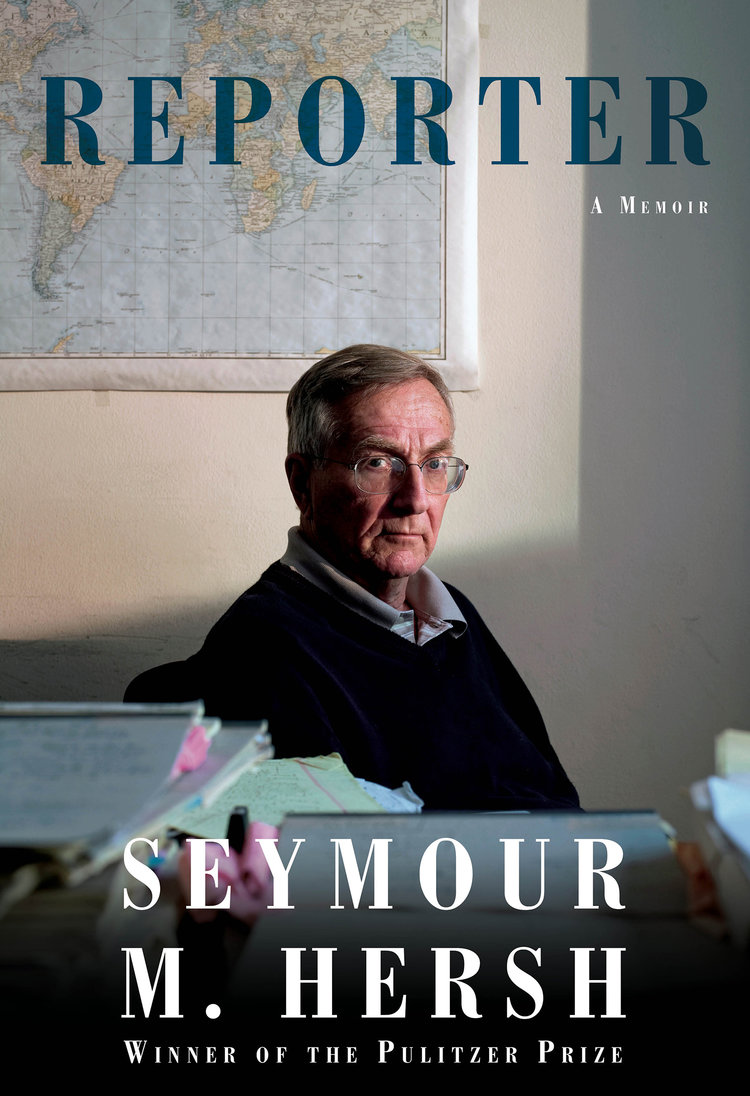 Seymour Hersh. Reporter: A Memoir. Knopf, 2018. 368 pp.
Seymour Hersh. Reporter: A Memoir. Knopf, 2018. 368 pp. 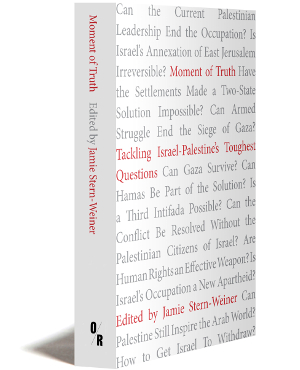 Jamie Stern-Weiner, ed. Moment of Truth: Tackling Israel-Palestine's Tought Questions. OR Books, 2018. 518 pp.
Jamie Stern-Weiner, ed. Moment of Truth: Tackling Israel-Palestine's Tought Questions. OR Books, 2018. 518 pp.  Seventy-two years after his initial Broadway success with All My Sons and 14 years after his death, Arthur Miller continues to cast a long shadow over theater in the United States. His plays are staples of high school drama clubs, college and university theater departments and regional theaters around the country, and his best-known works – Death of a Salesman, The Crucible, All My Sons, A View From the Bridge and After the Fall – have been revived many times on Broadway.
Seventy-two years after his initial Broadway success with All My Sons and 14 years after his death, Arthur Miller continues to cast a long shadow over theater in the United States. His plays are staples of high school drama clubs, college and university theater departments and regional theaters around the country, and his best-known works – Death of a Salesman, The Crucible, All My Sons, A View From the Bridge and After the Fall – have been revived many times on Broadway.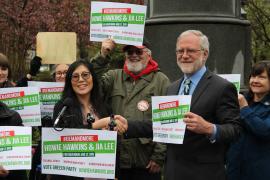
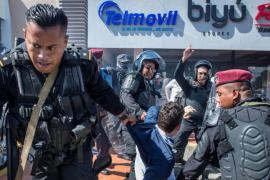
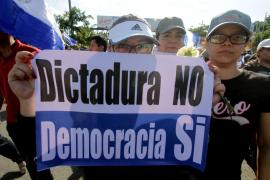
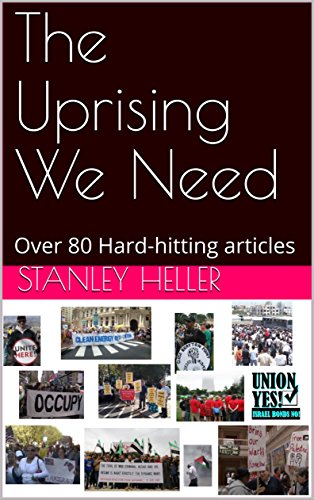 Stanley Heller, The Uprising We Need. Amazon Digital Services LLC, 2017. 332pp. $5.99 on Kindle.
Stanley Heller, The Uprising We Need. Amazon Digital Services LLC, 2017. 332pp. $5.99 on Kindle.